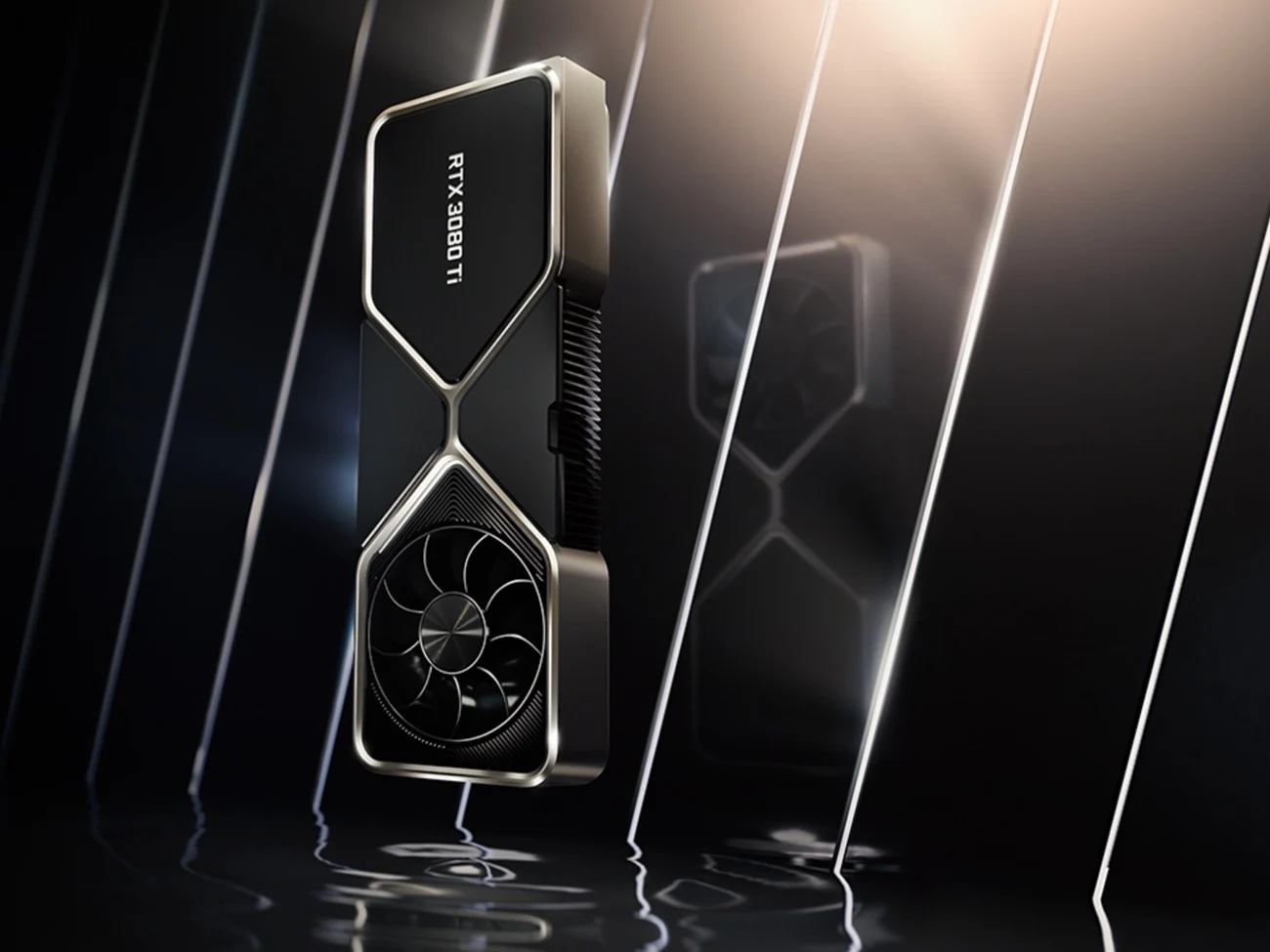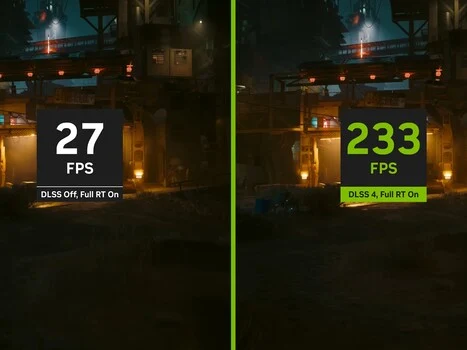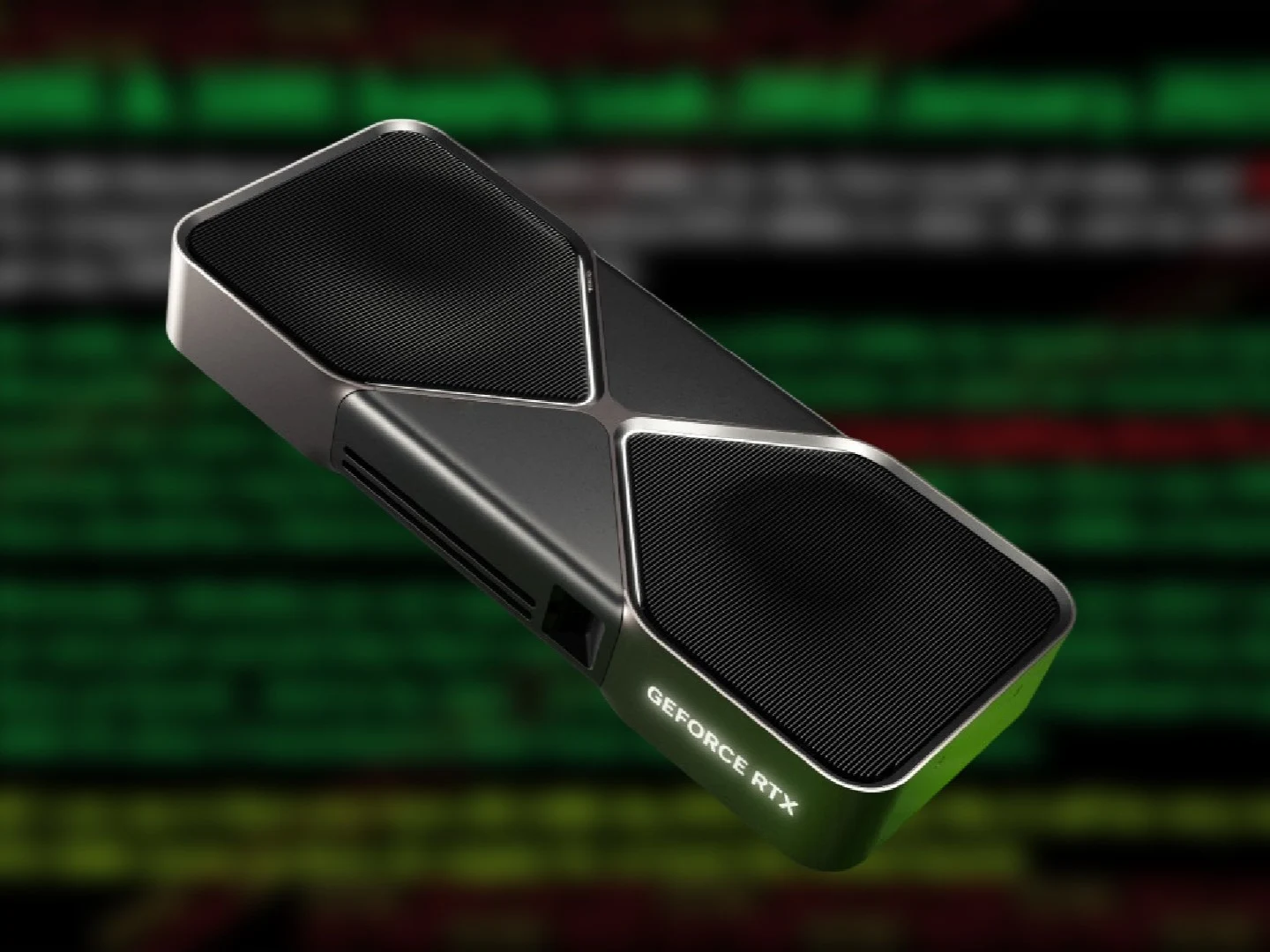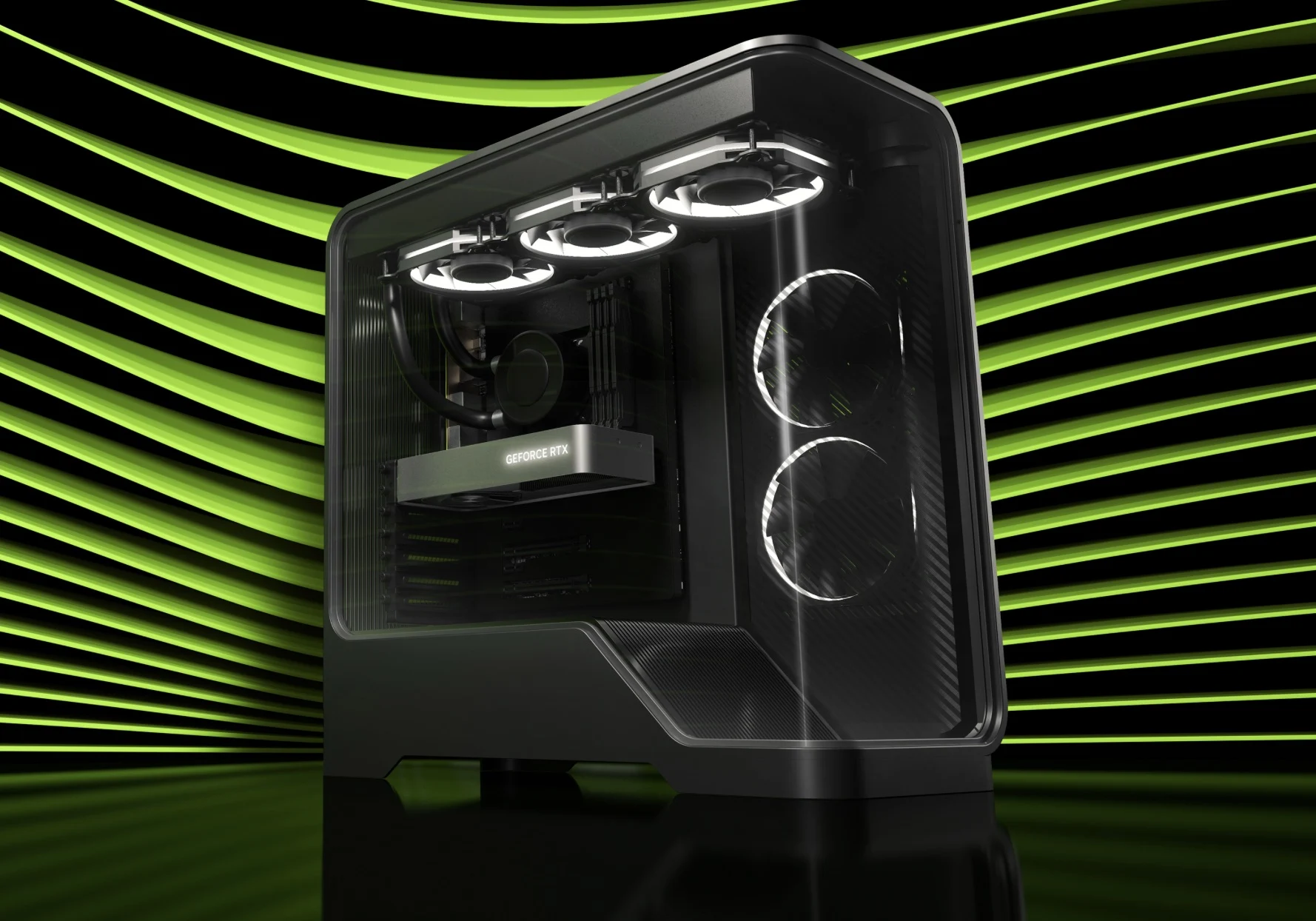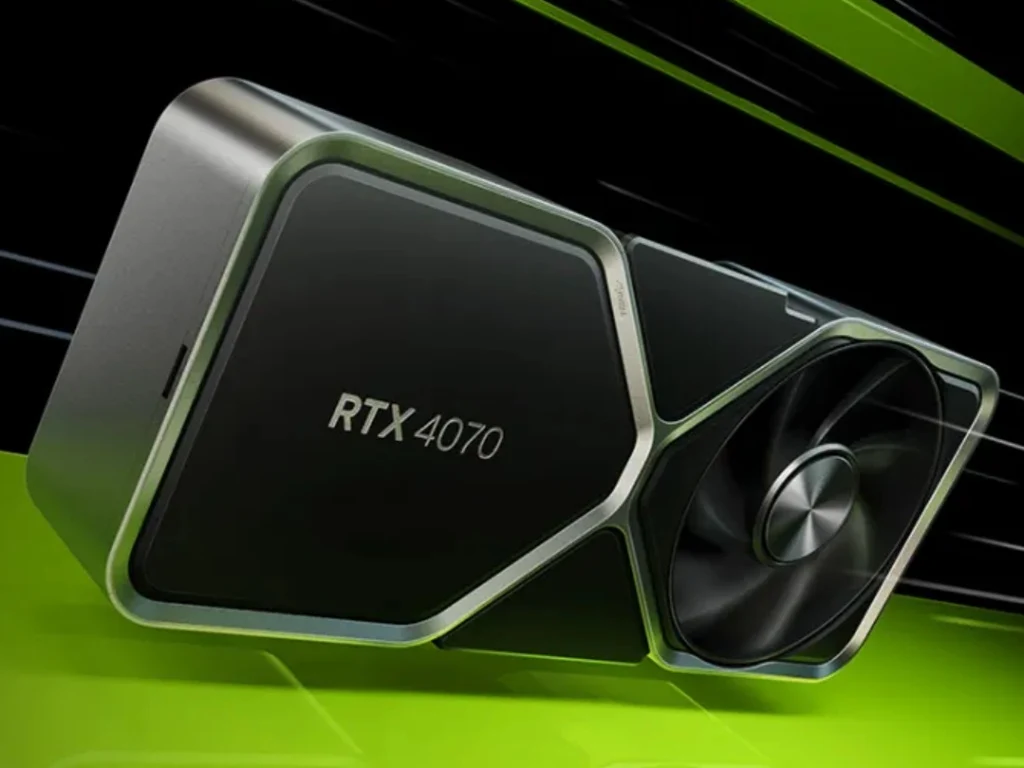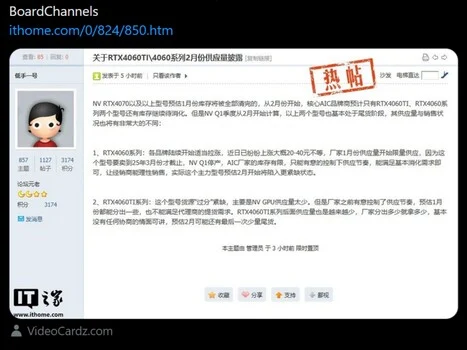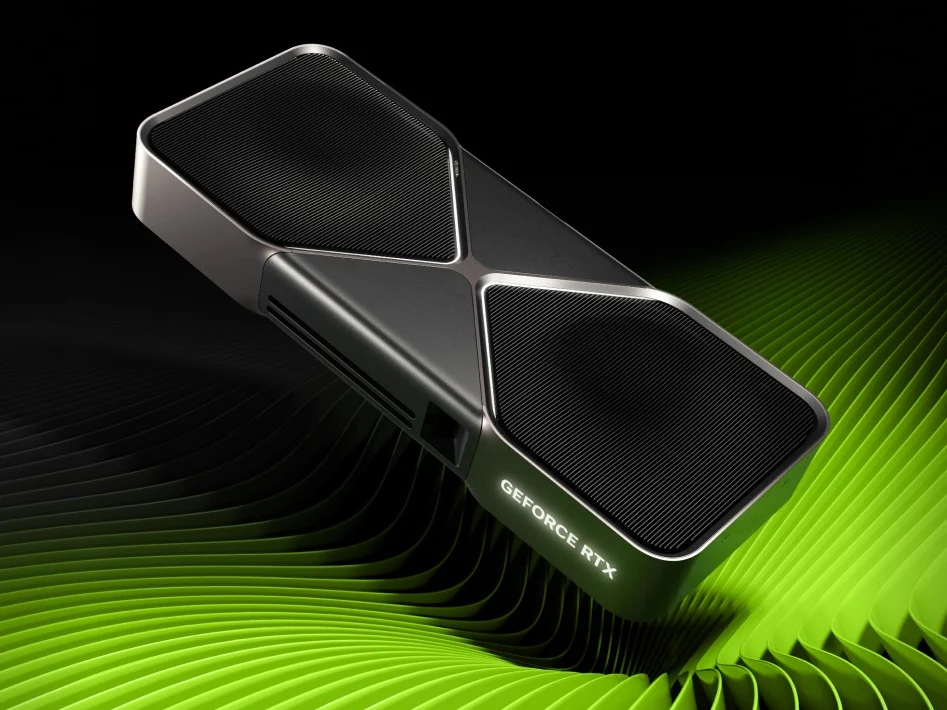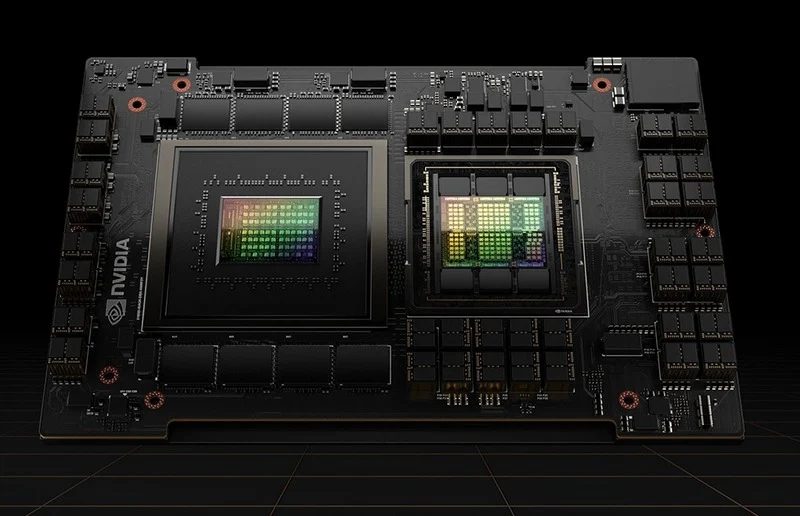Nvidia’s CEO, Jensen Huang, recently made a trip to China to celebrate the Chinese New Year with his employees and to restate the firm’s dedication to its team and tech partnerships. This visit takes place against the backdrop of ongoing geopolitical tensions between the US and China, as well as export limits on advanced AI chips. Huang’s goal was to boost the spirits of the staff and underscore Nvidia’s commitment to the tech landscape in China. This visit underscores how crucial it is to uphold global teamwork to promote technological advancements, even when geopolitical issues are on the rise.
Celebrating Employee Loyalty
During his stay, Huang engaged in several events at Nvidia’s offices in Shenzhen and Beijing, including a Spring Festival party in the capital. He praised the team and highlighted Nvidia China’s impressively low turnover rate of 0.9%, which is significantly lower than the global average of 2%. Over the years, Nvidia’s workforce in China has expanded more than 50%, now numbering nearly 4,000 employees. Huang appreciated the dedication of the employees and their substantial role in Nvidia’s global achievements.
China’s Contribution to Nvidia
China plays an essential role for Nvidia, bringing in $5.4 billion in revenue for Q3 FY2024, marking a 34% increase from the previous year. The region represents 17% of Nvidia’s total income, making it one of the company’s major markets after the US and Singapore. Nvidia has partnered with over 3,000 Chinese startups and supports 1.5 million local developers utilizing CUDA, its unique AI programming platform.
Navigating Geopolitical Tensions
Huang’s trip coincided with stricter US export controls on AI chips directed at China. Nvidia has opposed these limitations, cautioning that they could damage innovation and the technological leadership of the US. In retaliation, China initiated an antitrust probe into Nvidia. Despite these obstacles, Huang reaffirmed Nvidia’s commitment to the Chinese market, calling the company’s 25-year journey in China a privilege.
Huang’s visit also sparked rumors regarding the possible establishment of Nvidia’s Asia-Pacific headquarters, with Taiwan being a potential site. As China continues to aim for technological independence, Huang stressed Nvidia’s role in modernizing the industry and confirmed the company’s commitment to fostering innovation and collaboration.


